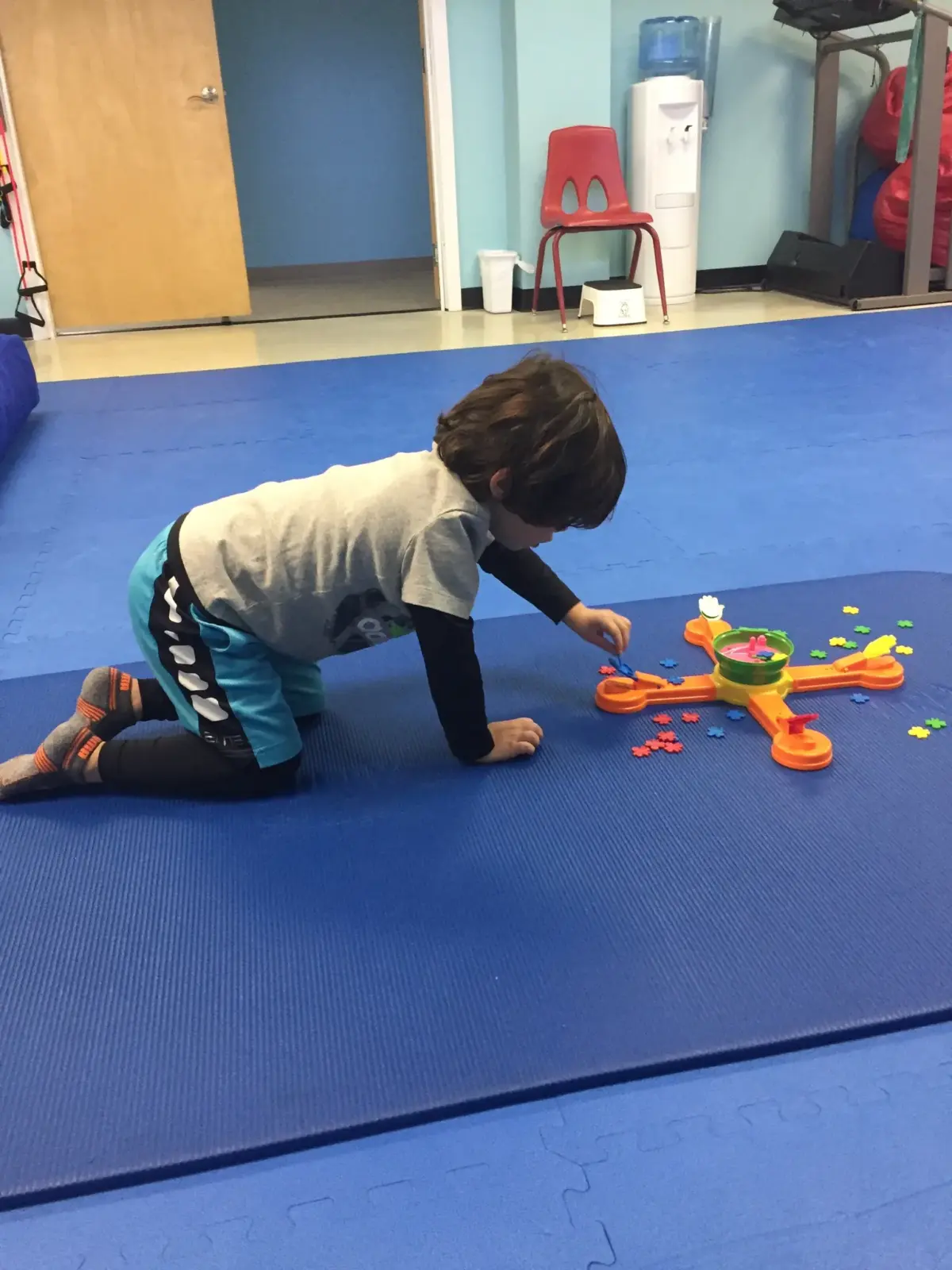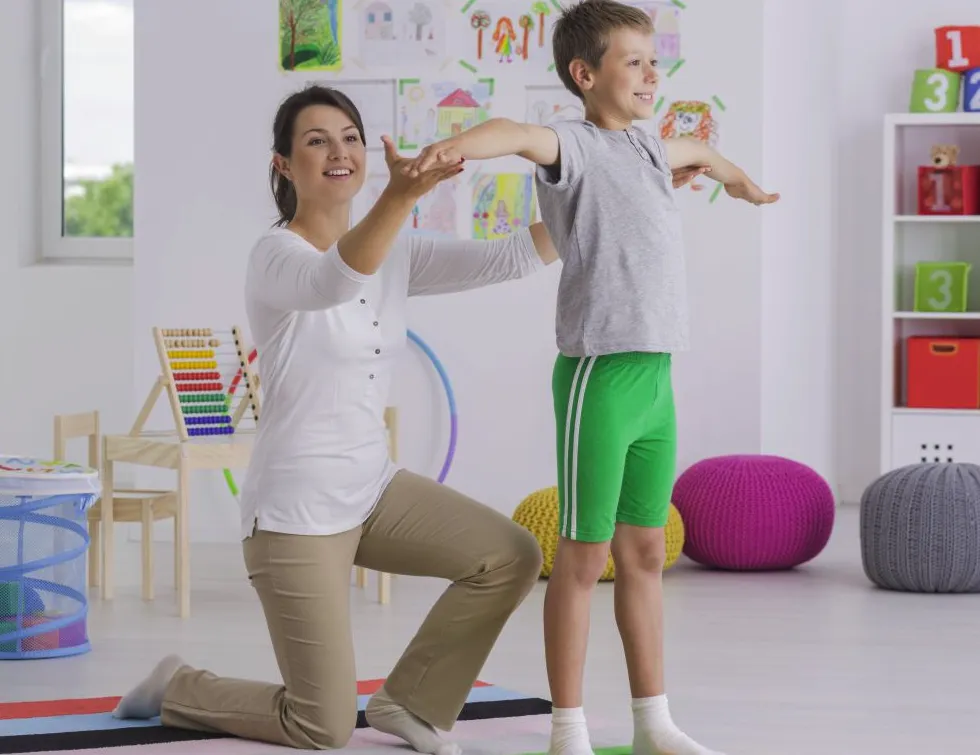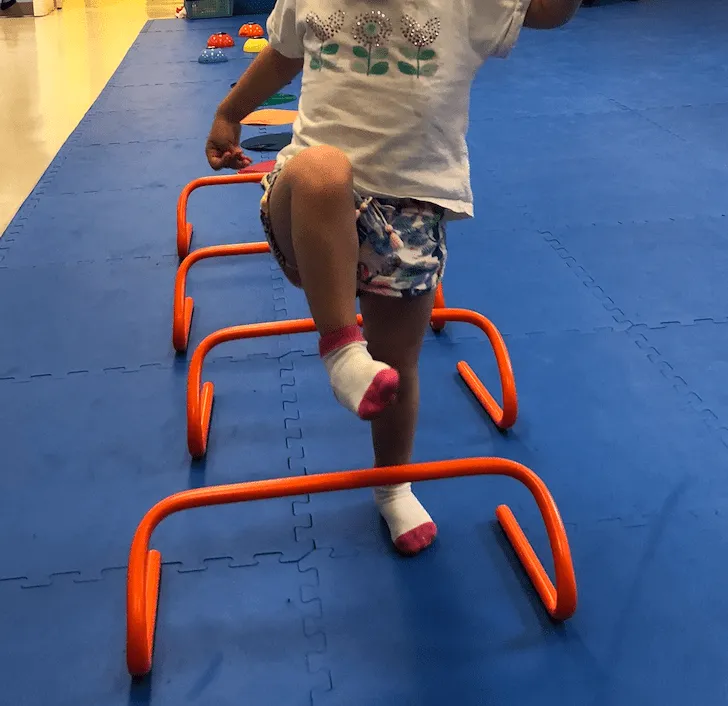What is Torticollis?: Exploring Torticollis In Babies
Dr. Tamra Rutfield Torticollis Expert in Mt Kisco and Port Chester, NY
Does your child look up at you with their big beautiful eyes, and the cutest little head tilt? How can you tell the difference between that adorable head tilt and Torticollis? Enjoy this Torticollis Summary with facts and advice from a Pediatric Physical Therapist
Torticollis is a postural abnormality seen in infants. It is characterized by a neck rotation to one side and tilt to the opposite side. For example, a child may appear as if they are looking left with their right ear resting on their shoulder.

What caused this?
There are various types of torticollis, ranging from ocular (with a root cause of vision) to muscular. Muscular Torticollis is the most common. It can be caused by the baby’s position in utero. Feeding, sleeping, and positioning habits can also exasperate or produce symptoms. Tightening of the sternocleidomastoid muscle is responsible for this. This muscle runs from just behind your ear all the way down to your collarbone. It is responsible for your baby’s ability to look side to side and tilt their head. When this muscle gets tight or develops masses, this is when we see a head tilt or difficulty looking one way!
How would I know? Signs to look out for:
- Learning to roll and pivot but seems to go in one direction more than the other
- Looking crooked in their car seat
- Having trouble feeding on one breast or side
- Poor tolerance to tummy time
Why does Torticollis need to be treated by a pediatric physical therapist?
Although typically noticed as a head tilt alone, there are often postural abnormalities hidden throughout the trunk and hips. Congenital Muscular Torticollis is associated with hip dysplasia, extremity deformities, developmental delays, and facial asymmetry. In fact, addressing your child’s Torticollis can lead to improvements in reflux, feeding, and sleeping! A child with Torticollis is also looking at one arm and leg more than the other due to the head rotation, often leading to strength and balance impairments as they grow older.
What will a physical therapy session look like?
A pediatric physical therapist will screen for head shape, vision involvement, and feeding difficulties as well as taking on their role in the development of postural symmetry and gross motor milestones. The therapist will ask about the pregnancy and birth history, and inquire about tummy time and gross motor milestones to date. A physical therapy evaluation should include hands-on gross motor work with your child in addition to parent education to empower you to continue the plan of care between sessions!
Research shows that the earlier you bring your child in for treatment of Congenital Muscular Torticollis, the shorter time the episode of care will likely be!
5 Things You Can Do For Your Baby’s Neck Posture
- Feeding: No matter the method, make sure you are alternating which direction the child is turning or leaning to retrieve food.
- Room set-up: Babies tend to look toward doors and lights when waiting for or engaging with their human! Use this to your advantage; rotate the crib or changing table so they are looking the opposite way as their natural rotation.
- Tummy time: The best way to prevent flattening and consequential resting positions is to keep them playing on their belly. Spread toys in all directions to promote equal head rotation and reaching during play.
- Say “no” to containers: Limit the time that your baby spends in restrictive devices such as seats and swings in order to promote appropriate developmental play and strengthening. Babies are meant to be exploring on the floor!
Ask your pediatrician or seek out a pediatric physical therapist: If you have any concerns about difficulty feeding on one side, looking “crooked” in photos, or using one arm more than the other, ask an expert. Torticollis resolves faster and with less invasive care the sooner you bring your child in to see a professional!





